As software applications have become increasingly vital to the success of businesses across all industries, the role of product ownership has become more critical than ever. Product ownership is the process of owning the product from its inception to its eventual retirement, which involves the development, maintenance, and continuous improvement of the product.
In this blog, we’ll examine the importance of product ownership in application building, application maintenance, and the overall continued growth of the application and its brand.
The Role of Product Ownership in Application Building
Application building is the process of developing a new software application from scratch. Product ownership plays a crucial role in this process because it ensures that the application is built with the customer in mind. The product owner is responsible for understanding the customer’s needs and translating those needs into product requirements.
This process involves working closely with the development team to ensure that the application is built to the customer’s specifications.
Without a product owner, the development team may be tempted to build an application based on their assumptions rather than the customer’s needs. This can lead to an application that is difficult to use or does not meet the customer’s requirements.
In contrast, with a product owner, the application is built with the customer’s needs in mind, resulting in an application that is more likely to be successful.
The Role of Product Ownership in Application Maintenance
Once an application is built, it must be maintained. Application maintenance involves fixing bugs, updating the application to work with new technology, and adding new features. The product owner plays a critical role in this process because they are responsible for prioritizing the maintenance tasks.
Without a product owner, the development team may not know which tasks are the most important to the customer. As a result, they may work on low-priority tasks rather than fixing critical issues. This can lead to a decline in the application’s performance and a loss of customer confidence.
The Role of Product Ownership in the Overall Continued Growth of the Application and Its Brand
The product owner is also responsible for the overall continued growth of the application and its brand. This involves working with the development team to add new features that will attract new customers and retain existing ones. It also involves monitoring the application’s performance to ensure that it continues to meet the customer’s needs.
Without a product owner, the application may stagnate, and the brand may suffer. The product owner ensures that the application continues to evolve to meet the changing needs of the customer, resulting in a product that remains relevant and valuable over time.
Conclusion
Product ownership plays a critical role in application building, application maintenance, and the overall continued growth of the application and its brand. Without a product owner, the application may not meet the customer’s needs, maintenance tasks may be mis-prioritized, and the application may not evolve to meet changing customer needs.
As such, businesses should prioritize product ownership when developing and maintaining software applications to ensure the success of the product and the brand.






